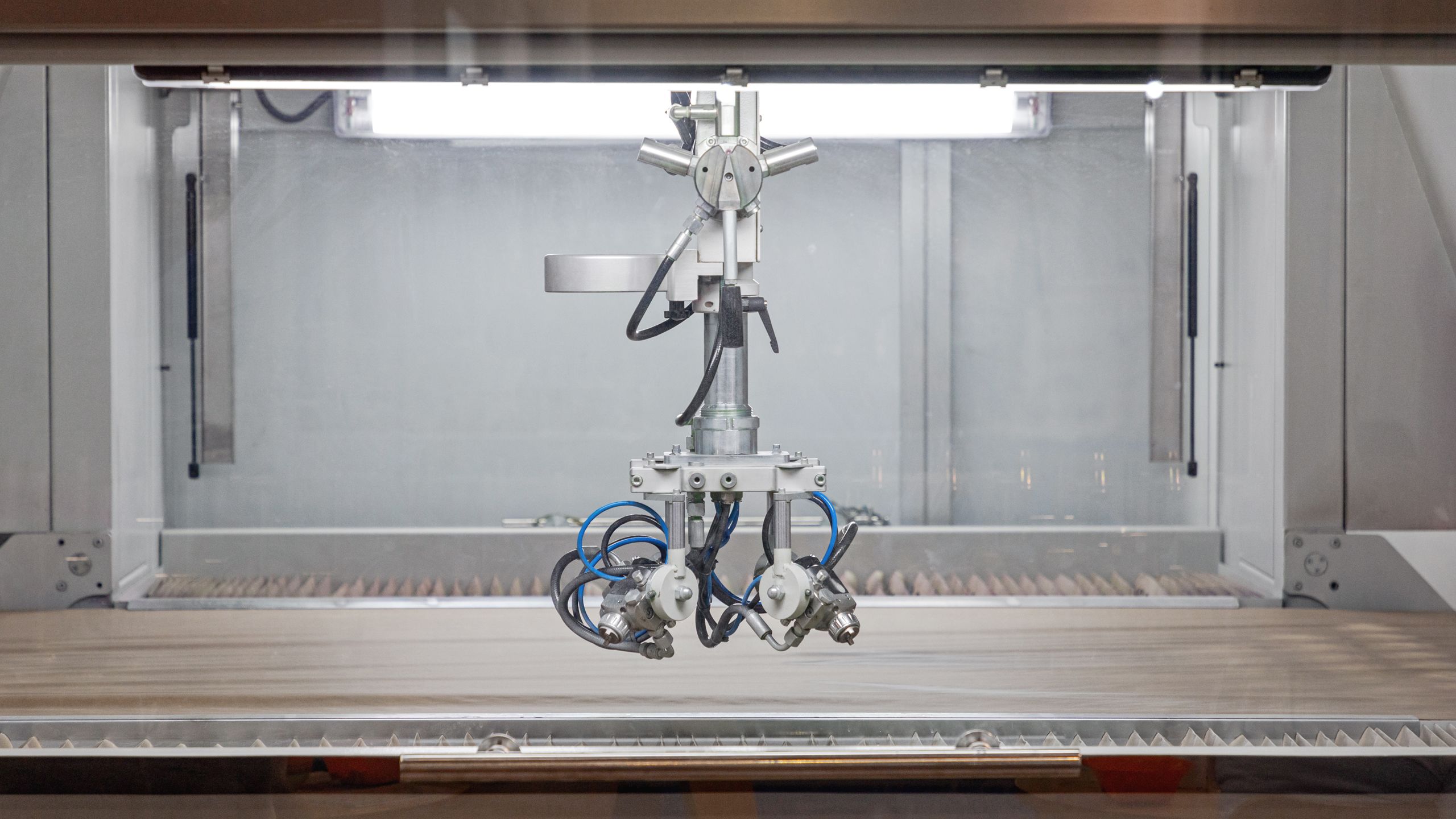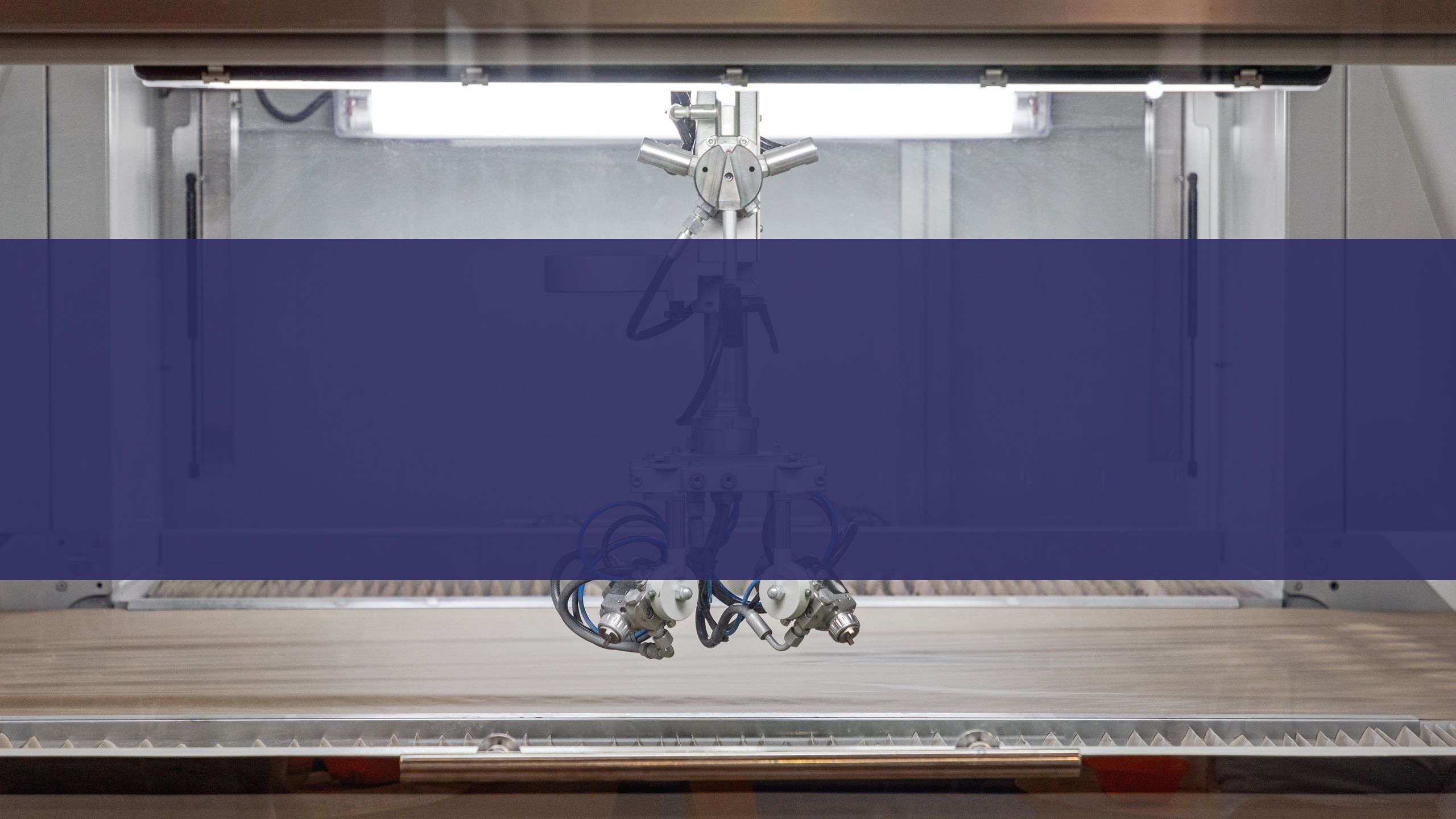Com2Coat
Com2Coat: Computational formulation technique for developing resource and energy efficient functional coatings for the foundation industry

Com2Coat
Com2Coat: Computational formulation technique for developing resource and energy efficient functional coatings for the foundation industry
Demand for functional coatings for glass and steel is increasing – providing UK foundation industries an opportunity to add value to their products. A project is exploring how computational techniques can be used to fast-track formulation innovation to deliver coatings that are higher quality, and more energy- and resource-efficient.
Functional coatings are applied to the surfaces of materials to give them a specific property, such as corrosion resistance, thermal insulation or antimicrobial action. Such coatings can add value to many UK foundation industry products – including glass and steel – and so the ability to optimise both product formulation and application processes is a key enabler for future growth.
The Com2Coat project brought together a consortium of glass, metal, and bulk- and speciality-chemical businesses to explore how computational techniques could be used to fast-track the innovation and application of functional coatings.
“Currently, coatings formulations are optimised through ‘trial and error’. But these are multicomponent formulations – containing numerous solvents and active agents to control things like drying, surface tension or foaming – so this can be a lengthy and inefficient process,” explains Simon Hurst from Pilkington Technology Management Ltd, which led the project. “Com2Coat looked at how computational techniques could instead be used to inform design and application of formulations in a smarter, more effective way, while also using less energy and fewer materials.”
Supported by the Transforming Foundation Industries (TFI) challenge, the multi-strand project sought to develop computer modelling to create new chemical formulations, in this instance antimicrobial coatings for glass and steel. Project partners Centre for Process Innovation, Beckers Group, William Blythe and Infineum worked on developing formulations. STFC Hartree Centre then used data from iterations of these formulations to build computer models that could describe the chemistry and predict changes without the need for ‘trial and error’ testing.

“Com2Coat looked at how computational techniques could instead be used to inform design and application of formulations in a smarter, more effective way, while also using less energy and fewer materials.”

Transforming Foundation Industries Challenge Case Study: NSG Group (Length: 3min 34secs)
In addition, Tata Steel UK and Pilkington Technology Management worked with Spraying Systems Ltd to explore the use of spray technologies for depositing coatings on surfaces – a less energy-intensive process than they currently use. Spray applications of the successful antimicrobial coating formulations were then tested at a laboratory scale and on prototype production lines at Beckers Group and Pilkington Technology Management.
“The outputs of the project were really successful,” says Hurst. “We have a number of computer models that can be used to intelligently aid formulation designs. Three antimicrobial coatings (two for glass and one for steel) were developed and demonstrated to be 99.99% effective against a range of bacteria and viruses. We also demonstrated that spray production processes can be incorporated into glass and steel lines.”
Tata Steel UK is considering implementing spray technology on production lines at its Shotton site. Pilkington Technology Management is investing in spray technology at its St Helens factory, securing the site’s future and protecting high-skilled jobs. “This will make Pilkington unique in that it can easily coat float glass using three different technologies in the same geographic location, which provides us the opportunity to create products that our competitors cannot,” adds Hurst. “Antimicrobial coatings are just the start; this technology could be used to produce a wide range of added-value, functional coated products that benefit not just our business but also the UK’s foundation industries more widely.”

Transforming Foundation Industries Challenge Case Study: NSG Group (Length: 3min 34secs)
In addition, Tata Steel UK and Pilkington Technology Management worked with Spraying Systems Ltd to explore the use of spray technologies for depositing coatings on surfaces – a less energy-intensive process than they currently use. Spray applications of the successful antimicrobial coating formulations were then tested at a laboratory scale and on prototype production lines at Beckers Group and Pilkington Technology Management.
“The outputs of the project were really successful,” says Hurst. “We have a number of computer models that can be used to intelligently aid formulation designs. Three antimicrobial coatings (two for glass and one for steel) were developed and demonstrated to be 99.99% effective against a range of bacteria and viruses. We also demonstrated that spray production processes can be incorporated into glass and steel lines.”
Tata Steel UK is considering implementing spray technology on production lines at its Shotton site. Pilkington Technology Management is investing in spray technology at its St Helens factory, securing the site’s future and protecting high-skilled jobs. “This will make Pilkington unique in that it can easily coat float glass using three different technologies in the same geographic location, which provides us the opportunity to create products that our competitors cannot,” adds Hurst. “Antimicrobial coatings are just the start; this technology could be used to produce a wide range of added-value, functional coated products that benefit not just our business but also the UK’s foundation industries more widely.”
